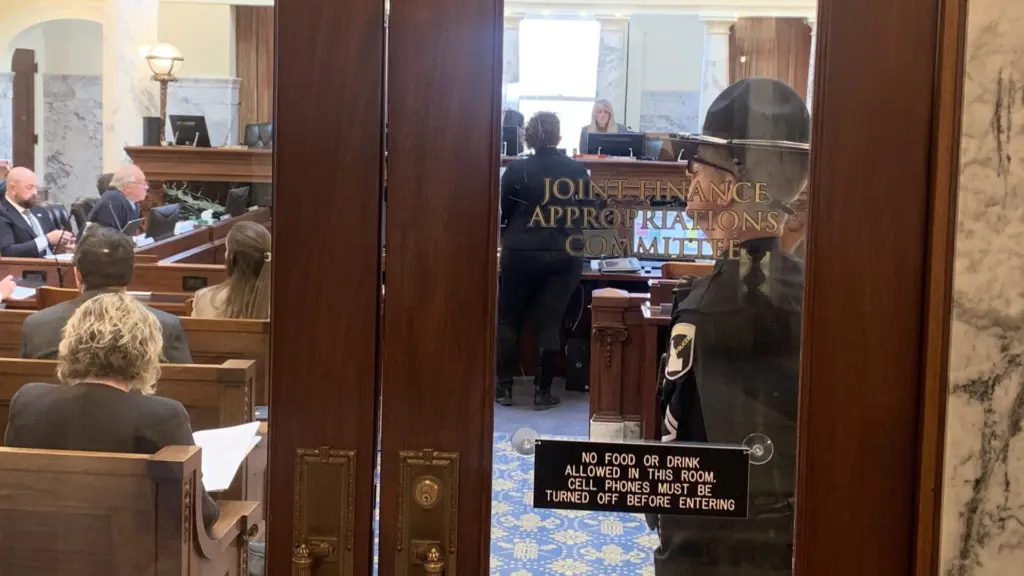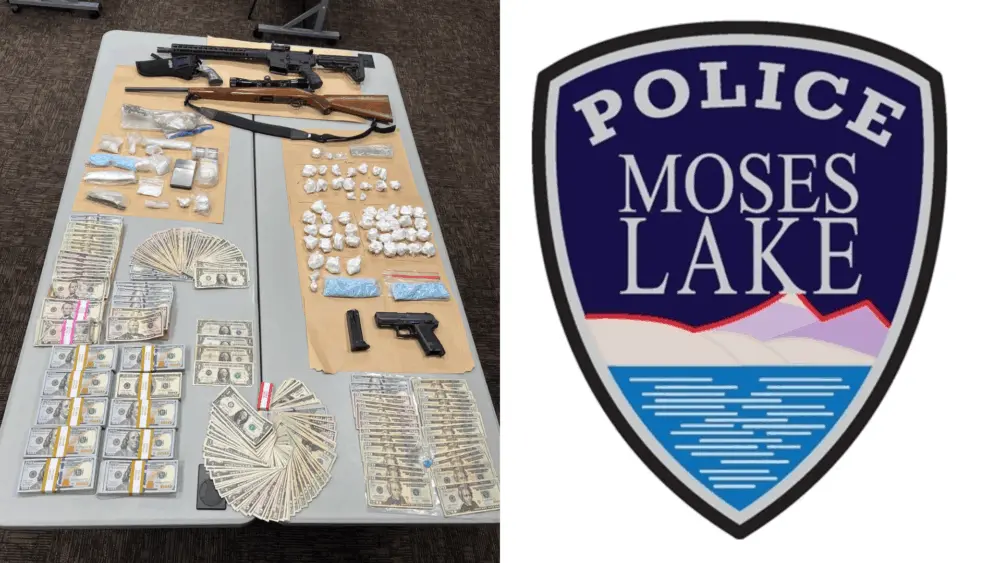Originally posted on IdahoEdNews.org on November 5, 2025
BOISE, ID – The State Board of Education misspent $1.8 million that was earmarked for a botched K-12 data system upgrade, according to a legislative staff report issued Wednesday.
The report also casts new doubts over the multimillion-dollar rebuild of the Idaho System for Educational Excellence — a high-priority project that is essentially on hold.
And Wednesday’s report is unlikely to be the last word on the $1.8 million. “There likely will be an audit,” said Rep. Wendy Horman, R-Idaho Falls, co-chair of the Joint Finance-Appropriations Committee, after budget-writers received a briefing on the stinging ISEE staff report.
In many respects, the Legislative Services Office report outlined several familiar problems with the ISEE upgrade — issues first reported by Idaho Education News in August. Delays in choosing an ISEE contractor put the federally funded upgrade behind schedule. An abrupt federal funding cut left the state with a partially finished upgrade, and little to show for the $6.2 million for the money that had already been spent.
But the LSO report exposed new problems — including the misspending.
For the 2024-25 budget year, the Legislature gave the State Board strict instructions on how to spend federal COVID relief aid. That spending bill directed the board to spend this money exclusively on ISEE.
The misspent $1.8 million went to a host of other projects — including a statewide dyslexia handbook, the state’s STEM Action Center and an accelerated math program to address pandemic-era learning loss. The Legislature had approved all of these programs, but the State Board didn’t have authority to siphon away money earmarked for ISEE.
“We weren’t spending this on ice cream,” Jennifer White, the State Board’s new executive director, told JFAC members Wednesday. “That being said, this won’t happen again.”
The misspending appeared to be a one-time problem — and, also, a byproduct of legislative language. The 2024 budget law explicitly told the State Board to spend federal pandemic aid money on ISEE. The 2025 budget law contained no such restrictions and would have allowed the State Board the latitude to move money around.
However, the State Board now has no federal money to move around — or to keep the ISEE project on track. The feds cut off $8.5 million for ISEE in March, and the State Board put the upgrade on hold in May.
Hired as executive director in May, White inherited ISEE’s misspending problem, and a major project that is now adrift. As EdNews reported this summer, the State Board is working on a reworking plan for the upgrade, but has no money to finish the job.
“We’re going to keep working on it,” White said. “We are working on a process on how to chip away at this.”
Horman also said the ISEE upgrade is essential, a critical tool to track Idaho’s K-12 system. “We must have it if we want to assess where we are.”
ISEE is known as a longitudinal data system — an information base that tracks spending and student performance over time.
The 15-year-old system collects extensive reports from more than 700 schools and data on more than 300,000 students. However, the system has been more or less unchanged since 2010, and has not delivered on its promise of providing real-time school and student data. Upgrading the aging and labor-intensive system has long been a priority for Gov. Brad Little, the State Board and the Legislature.
But replacing a clunky system has also proven to be a clunky process.
It took the state a year to choose an ISEE contractor. Part of the problem was that the state decided to use a new, untested procurement process to shop for a vendor. No state staffers had experience with the “invitation to negotiate” bidding process, which the state has since scrapped.
“It was a new thing that they were wanting to test out,” said Alex Hatfield, the Legislative Services Office’s IT research analyst, who headed up the report released Wednesday.
Along the way, other problems compounded. The federal funding “exposed the state to unnecessary risk,” Hatfield said in his Wednesday presentation. Federal spending deadline, forced the state to try to rush the upgrade. State staffers raised concerns about the process, but evidently, these issues were never shared with legislators, Hatfield said.
It will now take two years, at least, to build on the internal work already done on the ISEE upgrade, and deliver a finished product. The cost isn’t exactly clear, but Hatfield’s report noted that the State Board originally allocated $18.9 million for the project, spending less than a third of that money.
“This project is massive,” Hatfield told lawmakers. “The complexity of this project really can’t be overstated at this point.”
More reading: Idaho Education News’s in-depth report on the botched ISEE project.
Launch students shift, slightly, toward short-term career training
The state is still collecting data on Idaho Launch, but some early numbers are pointing in the right direction, the program’s administrator said Wednesday.
The postsecondary aid appears to be helping young adults enroll in college and job training programs alike, said Wendi Secrist, executive director of the state’s Workforce Development Council.
The Legislature first funded Launch in 2023, but the program has been controversial from the start. Some lawmakers have openly questioned whether Launch is living up to its goal of routing high school grads toward career-technical programs. In 2025, the House passed a bill to rework Launch, emphasizing short-term job training and two-year associate’s degrees over four-year degrees. The bill stalled in the Senate.
In 2024, most Launch recipients entered four-year programs. That’s still the case in 2025, Secrist told JFAC Wednesday, but more students have opted for two-year degrees or job training. “We’re seeing the needle start to move,” Secrist told JFAC.
Other numbers from the high school class of 2024 — the inaugural group of Launch recipients — suggest that the program is connecting with students who might not normally consider college.
- Thirty-six percent of Launch recipients graduated high school with a GPA of 3.2 or lower.
- Thirty-nine percent come from families with income of less than $60,000.
- Thirty-one percent are first-generation postsecondary students.
Launch provides graduates with up to $8,000 in aid, and the state awarded $56.1 million in 2024-25.
Most students are using the money as intended, Secrist said. But 407 Launch recipients must repay the state — either because they dropped out of the program, or because they haven’t made progress toward a degree or certificate.
These students owe the state nearly $583,000, and have repaid about $111,000. The state will sign a contract with a collection agency to recover the balance, Secrist said.
Medical education partners will seek funding increases
Budget-writers got an early look at spending requests for medical school partnerships — and a preview of a high-profile issue for 2026.
Several of the state’s medical school partners are seeking small budget increases for the 2026-27 budget year that begins July 1.
The WWAMI program is seeking nearly $8 million next year, an increase of nearly $200,000. The University of Washington-led partnership accepts medical school students from Washington, Wyoming, Alaska, Montana and Idaho, including 40 students per year from Idaho.
The University of Utah is seeking $3.3 million, an increase of $158,000. Utah now takes 10 Idaho students per year.
In both cases, WWAMI and Utah set aside medical school seats for Idaho students — and the state subsidizes tuition, so Idaho students are charged the schools’ in-state rates.
WWAMI and Utah are seeking funding increases, even as their programs are absorbing a 3% budget cut that affects most of state government.
During Wednesday morning’s discussion, several JFAC members said medical education needs to remain a spending priority, since Idaho has the nation’s lowest number of doctors per capita. “We really can’t take our eye off the ball,” said Rep. Dustin Manwaring, R-Pocatello.
Manwaring co-chairs a state task force studying medical education — and options for funding additional seats for Idaho students. The task force will issue a report by Jan. 2.





